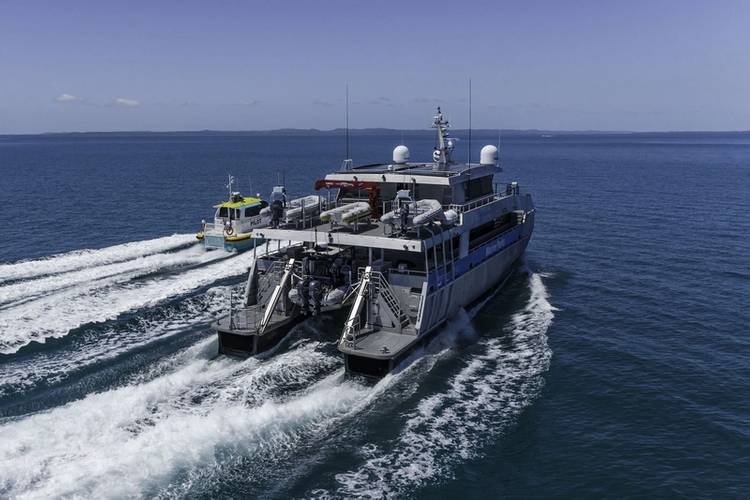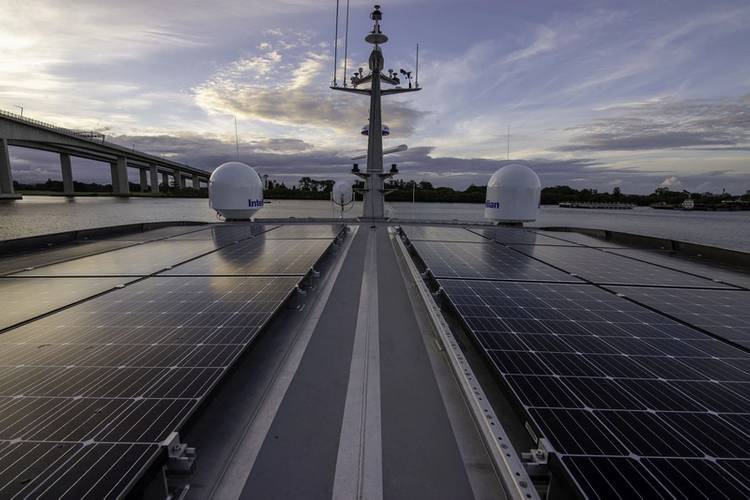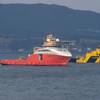Next-gen Patrol Boat Designed to Help Protect the Great Barrier Reef
Australian shipbuilder Norman R. Wright & Sons recently launched Reef Resilience, an Incat Crowther 24 patrol boat that will join Reef Ranger in protecting the Great Barrier Reef.
Reef Resilience will service the southern region of the Reef from her home port in Gladstone, while Reef Ranger will continue to service the northern region from Cairns, meaning the entire reef will now benefit from the capability and operability this class of vessel offers. The vessel’s remit includes compliance monitoring, marine park and island national park management, diving and research operations. The vessel will also operate in remote offshore waters within the Australian EEZ for extended periods of up to three months.
“The new hull is designed to handle Queensland conditions up to 200 nautical miles from the coast with strong winds and three meter significant wave heights.” said Dan Mace, Incat Crowther’s Technical Manager. “Long transits at 20 knots in these seas can lead to uncomfortable slamming on a vessel of this size, but with this latest hull form we have been able to eliminate this, making a smoother ride and enhanced crew comfort.”
Computational fluid dynamics (CFD) was used to optimize the hull, and the performance was independently verified by speed and seakeeping tests at the Australian Maritime College’s (AMC) towing tank facilities.
Powered by twin MAN D2862 LE463 main engines, Reef Resilience easily cruises at 20 knots at efficient RPM and impressively low fuel burn. Recent sea trials saw a top speed of 27 knots. Humphree interceptors with auto trim and active ride control are utilized to increase comfort for crew.
A 6.2-meter RHIB tender is fitted in a fast launch cradle between the hulls aft, with the ability to launch while underway at 6 knots in offshore sea conditions of 3-meter significant wave height. The upper deck cargo area is rated to 1 t/m2 and designed to accommodate two 4.4-meter RHIB tenders and one 5.5-meter work barge.
Energy efficiency is aided by 6 kilowatts of roof-mounted solar panels.
Two more vessels are under construction, a 17m patrol boat and a recently-signed 20-meter landing craft.
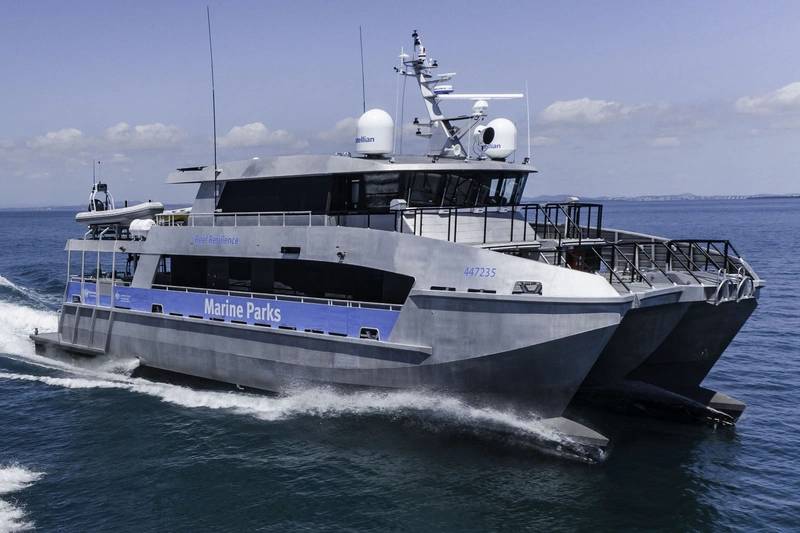 Photo courtesy Incat Crowther
Photo courtesy Incat Crowther
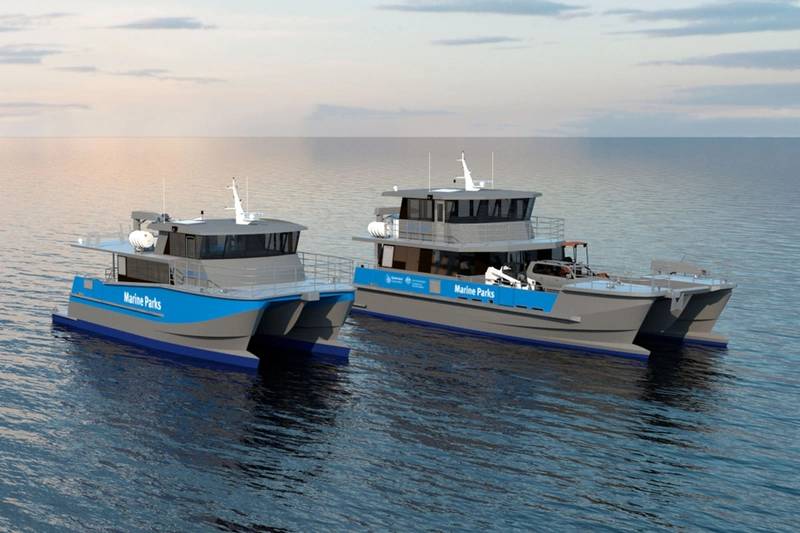 Image courtesy Incat Crowther
Image courtesy Incat Crowther





